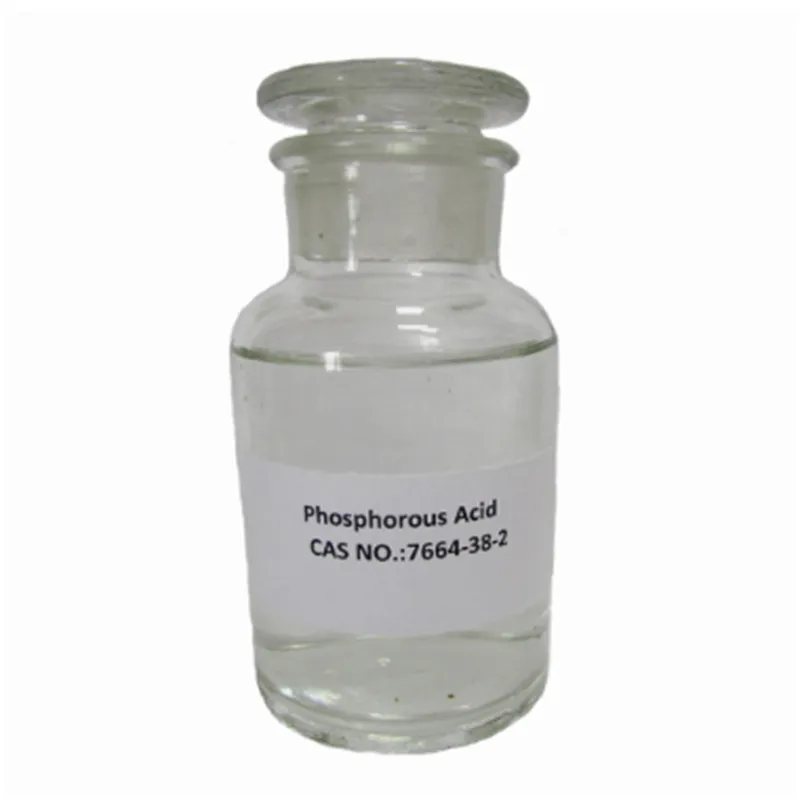Warning: Undefined array key "title" in /home/www/wwwroot/HTML/www.exportstart.com/wp-content/themes/1198/header.php on line 6
Warning: Undefined array key "file" in /home/www/wwwroot/HTML/www.exportstart.com/wp-content/themes/1198/header.php on line 7
Warning: Undefined array key "title" in /home/www/wwwroot/HTML/www.exportstart.com/wp-content/themes/1198/header.php on line 7
Warning: Undefined array key "title" in /home/www/wwwroot/HTML/www.exportstart.com/wp-content/themes/1198/header.php on line 7
- Afrikaans
- Albanian
- Amharic
- Arabic
- Armenian
- Azerbaijani
- Basque
- Belarusian
- Bengali
- Bosnian
- Bulgarian
- Catalan
- Cebuano
- China
- China (Taiwan)
- Corsican
- Croatian
- Czech
- Danish
- Dutch
- English
- Esperanto
- Estonian
- Finnish
- French
- Frisian
- Galician
- Georgian
- German
- Greek
- Gujarati
- Haitian Creole
- hausa
- hawaiian
- Hebrew
- Hindi
- Miao
- Hungarian
- Icelandic
- igbo
- Indonesian
- irish
- Italian
- Japanese
- Javanese
- Kannada
- kazakh
- Khmer
- Rwandese
- Korean
- Kurdish
- Kyrgyz
- Lao
- Latin
- Latvian
- Lithuanian
- Luxembourgish
- Macedonian
- Malgashi
- Malay
- Malayalam
- Maltese
- Maori
- Marathi
- Mongolian
- Myanmar
- Nepali
- Norwegian
- Norwegian
- Occitan
- Pashto
- Persian
- Polish
- Portuguese
- Punjabi
- Romanian
- Russian
- Samoan
- Scottish Gaelic
- Serbian
- Sesotho
- Shona
- Sindhi
- Sinhala
- Slovak
- Slovenian
- Somali
- Spanish
- Sundanese
- Swahili
- Swedish
- Tagalog
- Tajik
- Tamil
- Tatar
- Telugu
- Thai
- Turkish
- Turkmen
- Ukrainian
- Urdu
- Uighur
- Uzbek
- Vietnamese
- Welsh
- Bantu
- Yiddish
- Yoruba
- Zulu
Oct . 18, 2024 16:28 Back to list
Diverse Applications and Benefits of Diethanolamine in Various Industries
The Versatile Uses of Diethanolamine
Diethanolamine (DEA) is a colorless, viscous liquid that belongs to the class of compounds known as alkanolamines. With the chemical formula C4H11NO2, it is formed by the reaction of ethanolamine with ethylene oxide. This organic compound boasts a wide range of applications across various industries, making it a versatile ingredient in both consumer products and industrial processes.
1. Surfactants and Detergents
One of the most prominent uses of diethanolamine is in the formulation of surfactants and detergents. DEA acts as a foam booster and emulsifying agent, effectively reducing the surface tension of water. This property makes it ideal for cleaning products, personal care items, and household detergents. DEA enhances the performance of these products, ensuring that dirt and oil are effectively removed. Its ability to stabilize emulsions also contributes to the shelf life and overall efficacy of cleaning agents.
2. Chemical Manufacturing
In the chemical manufacturing sector, diethanolamine serves as a crucial intermediate in the synthesis of various chemicals. It is particularly employed in the production of corrosion inhibitors that protect metal surfaces from rust and degradation. DEA is also used in the synthesis of specialty amines and as a catalyst in the manufacture of polyurethane foams. These properties highlight its significance in enhancing product durability and quality across various applications.
Diethanolamine is used in agriculture, primarily as a component in herbicides and pesticides. Its ability to solubilize active ingredients allows for better absorption and efficacy of these agrochemicals. Additionally, DEA is involved in creating formulations that improve the effectiveness of fertilizers, making it an essential ingredient in modern agricultural practices aimed at increasing crop yields.
diethanolamine uses

4. Cosmetic and Personal Care Products
In the realm of cosmetics and personal care, diethanolamine is often found in products like shampoos, conditioners, lotions, and creams. Its ability to act as a pH balancer and emulsifier makes it valuable in formulating stable and effective products. However, it is important to note that the safety of diethanolamine in cosmetics has been scrutinized, with concerns regarding its potential to form harmful nitrosamines when in contact with certain preservatives. As a result, manufacturers are advised to keep concentrations within safe limits and to monitor the integrity of the formulations.
5. Pharmaceutical Applications
Pharmaceutical companies also make use of diethanolamine in various formulations. It can function as a solvent or as a stabilizing agent for active pharmaceutical ingredients. Its unique chemical properties help in enhancing the solubility and bioavailability of certain drugs, thereby improving their therapeutic efficacy. Moreover, DEA is utilized in the preparation of ointments and creams for topical applications.
6. Textile and Leather Industry
In the textile and leather industry, diethanolamine is commonly used as a softening agent and a dyeing auxiliary. It helps improve the quality of fabrics by enhancing their texture and finish. In leather production, DEA assists in the tanning process, ensuring that the final product is pliable and durable. This usage underscores the compound's versatility and its impact on the quality of materials used in consumer goods.
7. Conclusion
The multitude of applications for diethanolamine across various sectors underscores its importance as a chemical compound. From enhancing the quality of cleaning agents and personal care products to its role in agriculture and pharmaceuticals, DEA proves to be an indispensable ingredient in modern industries. However, as with any chemical, responsible management and adherence to safety guidelines are essential to minimize potential risks while harnessing its benefits. As research continues and regulations evolve, the future of diethanolamine will likely see new innovations and applications, further underscoring its role in the chemical landscape.
Latest news
-
Certifications for Vegetarian and Xanthan Gum Vegetarian
NewsJun.17,2025
-
Sustainability Trends Reshaping the SLES N70 Market
NewsJun.17,2025
-
Propylene Glycol Use in Vaccines: Balancing Function and Perception
NewsJun.17,2025
-
Petroleum Jelly in Skincare: Balancing Benefits and Backlash
NewsJun.17,2025
-
Energy Price Volatility and Ripple Effect on Caprolactam Markets
NewsJun.17,2025
-
Spectroscopic Techniques for Adipic Acid Molecular Weight
NewsJun.17,2025

